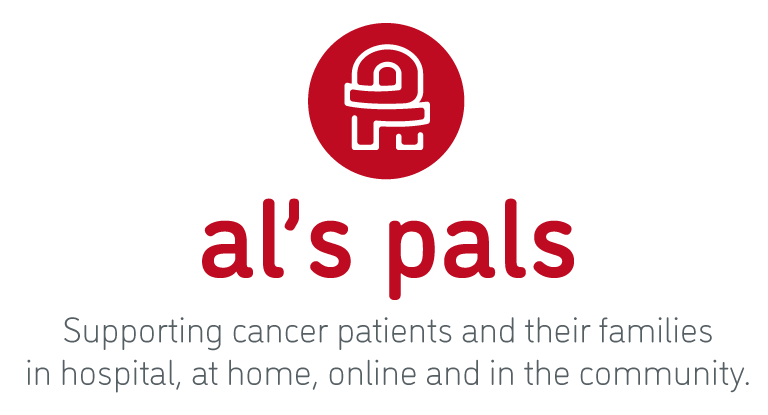

A Brief History of ISO 14001 Environmental Management
What is ISO 14001:2015?
ISO 14001 is the internationally recognised standard for environmental management for companies that want positive environmental improvement. The standard promotes good environmental outcomes, such as enhanced performance and achievement of objectives. This can be used to demonstrate your credentials against environmental requirements and customer expectations. The 2015 standard is the latest in a series of 14001 standards that started life in 1996. Emanating from the growing demand by businesses who needed to demonstrate good environmental performance, the early versions of 14001 provided a platform for organisations to put environmental policies and objectives in place. A subsequent version in 2004 provided a strengthening of requirements around compliance obligations.
ISO 14001 can be used to manage environmental aspects from resource use to pollution, from plastics to waste.
A brief History of ISO 14001
The history of ISO 14001 reflects the ever changing and growing expectations of consumers and citizens in relation to business environmental performance. Prior to the publication of the ISO 14001 Environmental Management Standard, the British Standards Institute published BS 7750 in response to a growing need by organisations that were being asked to demonstrate environmental credentials. BS 7750 laid the foundation for the inital version of ISO 14001 which was published in 1996. The initial ISO 14001 standard set some minimum requirements based on environmental policies and objectives that the organisation needed to define. For the most part, the focus was on pollution control and management of negative impacts on the environment. The next iteration of the 14001 Standard sought to improve the baseline requirements and included more criteria regarding compliance requirements. In addtion, organisations had to differentiate between aspects they directly affected, and those which they could influence. Thus, organisations were required to act as ‘Change Agents’ and as a result, improvements in supply chains started to be seen.
The latest iteration of the ISO 14001 standard encompasses the risk-based approach and allows priority to be given to risks and opportunities relevant to the organisation. When combined with minimum requirements, such as Compliance to legislation and commitments such as the prevention of pollution, an organisation is driven to developing a more comprehensive environmental strategy and action plan.
The ISO 14001 Family of Standards
The ISO 14001 standard sets out general requirements for environmental management, but the standard sits within a family of standards (number ISO 14000) that organisations can use to guide good practice on a range of topics; from greenhouse gas management to design and development of products. Other 14000 standards set out criteria for life-cycle analysis and provide the basis of a common language and terminology for environmental assessment and management worldwide. These can be used in conjunction with the ISO 14001 standard and provide organisations with greater insights and guidance to recognisable industry best practice.
Legislation and ISO 14001
The commitment to comply with applicable environmental legislation is paramount and has been a feature of ISO 14001 since it was first written. UK environmental legislation is aligned to EU legislation, and therefore, organisations that need to comply to environmental legislation can demonstrate through the auditing process that an external audit bod has verified their compliance.
An organisation will need to:
- Ensure they understand the legislation that affects the activities, products and activities of their business
- Ensure they maintain a ongoing ‘register’ of that legislation
The format of any register is up to the company, but what is critical is that the list is maintained in light of changes to the organisation. For example, if legislation that is applicable in one year, is no longer applicable the following year, then the company should be aware of that.
ISO 14001 has, over time, put greater emphasis on the management of legislation. In some countries, where legislation is not as strong as it could be, an organisation can make the decision to set their own level of compliance.










